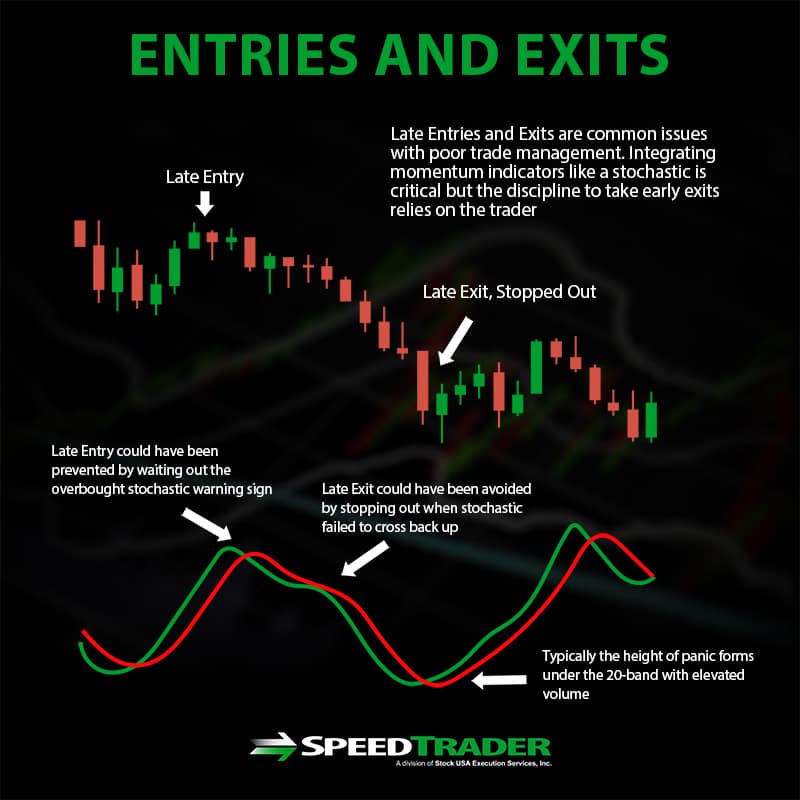Navigating the dynamic world of options trading requires a strategic approach to exiting positions. Exit strategies play a pivotal role in securing profits, managing risk, and maximizing market opportunities. This comprehensive guide will delve into the intricacies of options trading exit strategies, empowering traders with the knowledge and techniques to navigate the markets with confidence.

Image: www.youtube.com
Understanding Options Exit Strategies
An options exit strategy refers to a plan for closing out an options position before its expiration date. Options, as financial instruments, grant traders the right but not the obligation to buy (call options) or sell (put options) an underlying asset at a predetermined price (strike price) on a particular date (expiration date). Exit strategies are integral to defining the desired outcome of an options trade, whether it’s to capture profits, mitigate losses, or adjust risk exposure.
Types of Exit Strategies
The choice of exit strategy depends on the trader’s risk tolerance, market conditions, and personal objectives. Common types include:
- Selling the Option: Selling the option back to the market at a profit or a loss, thereby closing out the position.
- Exercising the Option: Exercising the option means buying the underlying asset (for call options) or selling the underlying asset (for put options) at the strike price.
- Covering the Option: This involves buying an option with the same underlying asset, strike price, and expiration date but opposite contract direction to close out the position.
- Letting the Option Expire: Allowing the option to expire without taking action. This results in a loss if the option is out of the money (OTM).
- Rolling the Option: Shifting the expiration date or strike price of the option to adjust the position’s risk and reward profile.
Profit-Taking Strategies
Determining an optimal profit-taking point is crucial to securing gains and avoiding excessive risk. Strategies include:
- Target Profit Goals: Setting specific profit targets based on market analysis, risk tolerance, and position size.
- Trailing Stops: Automated stop orders that automatically adjust their trigger point, following rising prices to lock in profits.
- Delta Neutralization: Buying or selling an opposite position to offset the risk exposure of the initial option, allowing for early profit-taking.

Image: trading-education.com
Risk Management Strategies
Effectively managing risk is paramount in options trading. Exit strategies that focus on risk include:
- Stop-Loss Orders: Market orders placed to sell at (for long positions) or buy at (for short positions) a predetermined price level to limit potential losses.
- Hedging Strategies: Using additional options or financial instruments to offset risk exposure from the original option.
- Volatility Exit Strategies: Options trades that exploit volatility changes in the underlying asset, allowing for the unwinding of positions at favorable prices.
Market Conditions and Exit Strategies
Market conditions significantly influence exit strategy decisions. Consider the following:
- Bullish Markets: Exit strategies often focus on maximizing profit potential through target profit goals or trailing stops.
- Bearish Markets: Preserving capital and managing risk become more critical, favoring stop-loss orders or covering positions.
- Volatile Markets: Volatility exit strategies can capitalize on price fluctuations, allowing traders to adjust positions or liquidate them before significant losses occur.
Options Trading Exit Strategies

Image: speedtrader.com
Conclusion
Options trading exit strategies are essential tools for maximizing profits and managing risk. Understanding the different types and applying them strategically empowers traders to navigate the markets with confidence. By defining profit targets, implementing stop-loss orders, considering market conditions, and continuously refining their strategies, traders can increase their success rate and become skilled at exiting positions in a timely and profitable manner. Mastering options trading exit strategies is a journey that requires continuous learning, meticulous planning, and fearless application. Embrace the challenge, and may your trading endeavours reap rich rewards.






